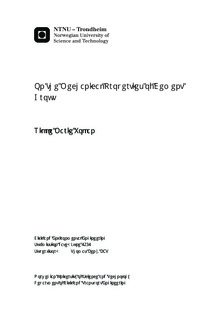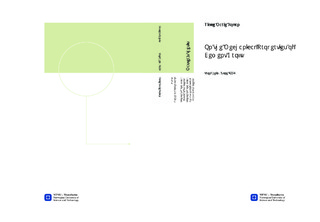| dc.description.abstract | During pressure grouting of ground anchors in non-cohesive soils the water in the grout is filtrated out, producing a stiff filter cake material. Often the grouting is done in more than one stage so that the filter cake will be unloaded as the pressurizing is paused, and then reloaded again during the following grouting phase. Little is known of how this filtered material behaves, neither for the first time loading nor for the unloading and reloading. Aiming at a better understanding of the properties of this material, filtration tests on fresh grout with water contents ranging between 0,4-0,6 and filtration pressures between 1-15 bar have been executed. Additionally, oedometer tests were run on the filter cake material produced during the filtration tests. A split-ring oedometer allowing measurements of the horizontal pressures were used. Thus, the lateral response can also be evaluated from the oedometer results in addition to conventional oedometer properties like the one-dimensional stiffness. Also the water contents before and after filtration and after oedometer testing were measured, and a simple permeability test was done on some of the filter cakes. It was found that the initial water content and the filtration pressure had only a minor effect on the water content after filtration, in general ranging between 0,24-0,30. The time needed for the filtration process to finish was found to be unaffected by the initial water content, but decreasing with increasing filtration pressure. The permeability of the filter cake was found to lie in the order of 1E-8 to 2E-7, mainly affected by the initial water content. The oedometer results show an increase in initial stiffness with filtration pressure, while the stiffness seems less affected by this as the load increases. However, the increase in stiffness is small and the material does not have clear over and normally consolidated areas. When unloading and reloading in the oedometer, the material clearly remembers the prestressing to a much greater extent, giving much higher stiffnesses for the reloading sequences than for first time loading. The lateral stress coefficient was found to vary between 0,25-0,30 for first time loading. Based on the over-all results, a kinematic hardening model is proposed for modeling the filtered materials behavior. | nb_NO |

